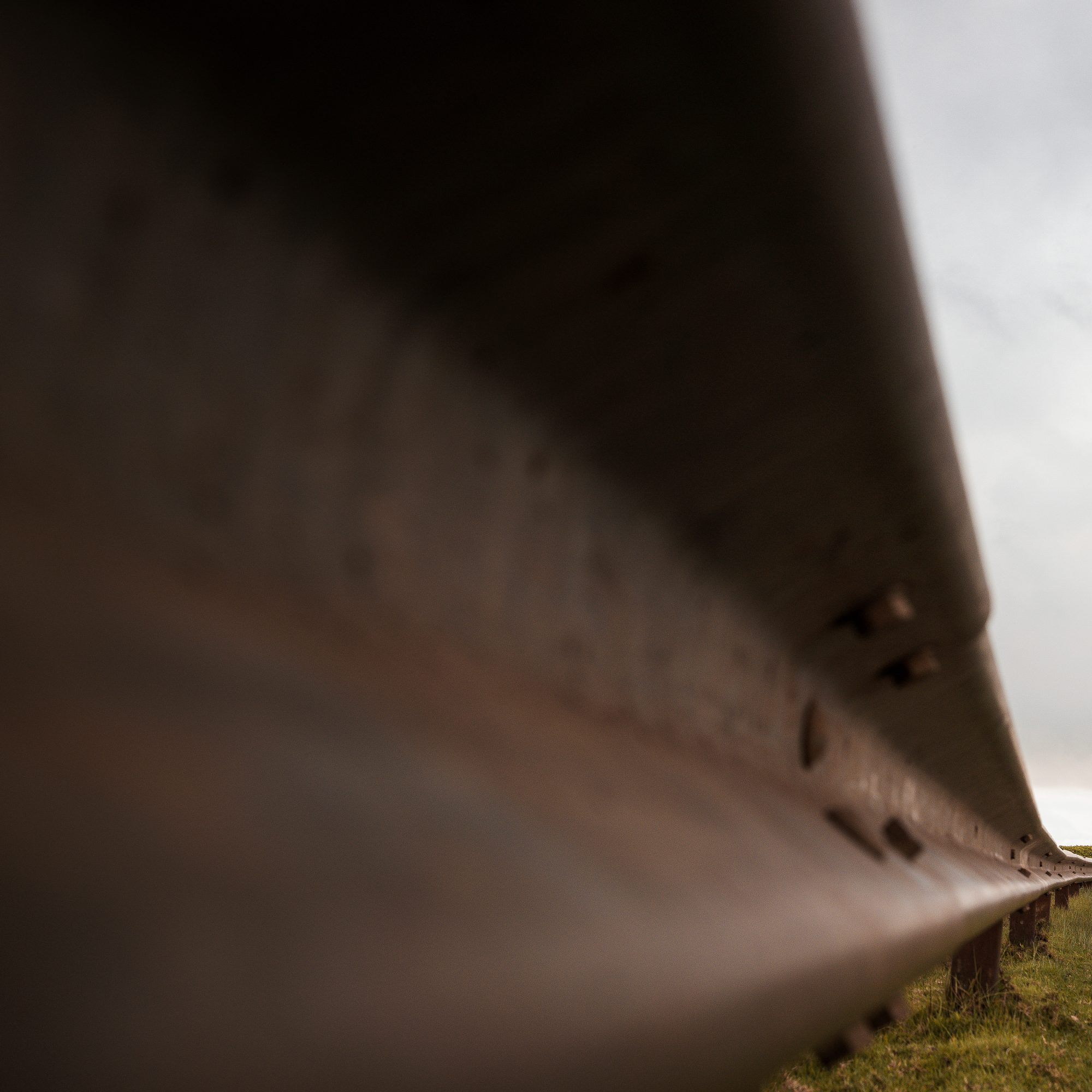Ever stumbled upon a breathtaking photo that looked like it was about to come alive? As though you could step into the scene, brush past the foliage in the foreground, walk along the path stretching into the middle ground, and finally reach the majestic mountains looming in the background? That’s layering, my friend, and it’s a powerful technique in photography.
Have you ever wondered how some photographers manage to create such depth and dimension in their images? It’s not magic, it’s the art of layering.
Layering is a composition technique employed by photographers to create depth, leading the viewer’s eye through distinct planes within a photograph. It’s all about understanding the subject, foreground, middle ground, and background and their interplay within your frame. This can turn your two-dimensional image into a three-dimensional masterpiece.
Remember that captivating photography lighting techniques tutorial we shared? Layering is somewhat similar. It challenges you to read the scene, analyze the elements, and observe their relationships in space and light.
“Why use layering, though?” I hear you ask. Well, layering can make your image more engaging. It adds texture, depth, and dimension, offering the viewer a visual journey from the foreground to the background. Plus, it can be done in any photographic genre, be it landscape, street, portrait, or even macro.
Getting Started With Layering
The first step in mastering layering is to train your eye to see in layers. Sounds a bit abstract, right? Don’t worry, it gets easier with practice. Look at the scene in front of you and mentally divide it into different planes: the foreground, the middle ground, and the background. Each layer should be distinct and contribute to the overall story of your image.
Let’s say you’re shooting a landscape; the vibrant wildflowers could be your foreground, the winding path your middle ground, and the majestic mountains your background. Each element contributes to creating a sense of depth and realism.
Remember that not every scene will have clear layers, and that’s okay. Sometimes, you may need to move around to find the best vantage point. Take your time. Photography is not a race; it’s a journey. Enjoy the process of discovery.
Foreground Matters
A common misconception is that the background is the most important part of a photograph. In reality, a well-defined foreground can make or break your image. A striking foreground can instantly draw viewers into your photo, setting the stage for the rest of the image.
Finding Balance
While it’s essential to have a compelling foreground, don’t let it overpower the rest of the image. A photograph is like a symphony; every element must work in harmony. The foreground should lead the viewer’s eye into the image, not anchor it at the entrance.
Balance also means ensuring that the middle ground and background are not neglected. They are important components of your story and should not be relegated to the role of mere fillers. Each layer needs to contribute its own unique element to the final image.
Experiment and Learn
Like any other technique in photography, layering requires practice. Don’t be disheartened if your first attempts don’t turn out as expected. Keep experimenting with different scenes, perspectives, and lighting conditions. Remember, every mistake is a step forward in your journey as a photographer.
So, ready to give layering a shot? Embrace this technique and watch your photographic skills ascend to new heights. Because when you master the art of layering, every click of the shutter brings a world of depth to life in your images.


0 Comment